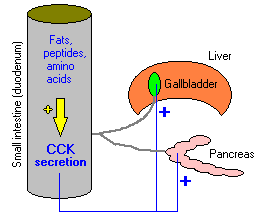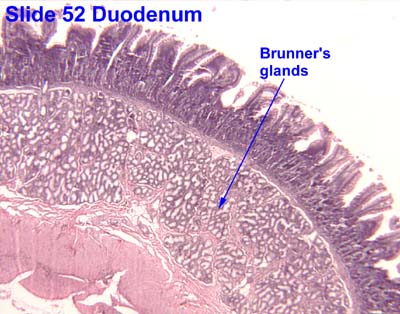Have you ever seen The Wolverine? Or any of the X-Men movies? How about Les Miserables? Hugh Jackman was in all of those movies and gave outstanding performances. I bet you're wondering why I'm talking about him. Well, I was driving to school one day when I heard that Hugh Jackman had basal cell carcinoma. That shocked me, and I felt sympathy for him.
But what is basal cell carcinoma? From what I've learned so far in histology, I was able to infer that it is cancer in the basal cells of the epidermis. That is just the general definition. From research, there can be a better explanation.
Basal cell carcinoma is when the basal cells in the stratum basal of the epidermis undergo uncontrollable growth. This can be caused by excessive exposure to UV rays. You see, melanocytes reside in this layer. Their function is to produce melanin to protect the skin from the UV rays. Luckily in carcinoma, the cancer isn't due to the melanocytes, so it is a nonmelanoma cancer. It is instead due to the uncontrolled growth of the tissue itself.
There are many forms of treatment such as medication, excision, electrodesiccation, cyrosurgery and many other options. He should be fine after he is treated. He needs to protect his skin from excessive UV ray exposure.
Reference: http://www.nlm.nih.gov/medlineplus/ency/article/000824.htm
The purpose of this blog is to document and share my experience in my Histology class.
Sunday, November 24, 2013
Sunday, November 17, 2013
Digestive System Terms

Cholecystokinin - This is abbreviated as CCK. It is secreted from the mucosa of the duodenum. It's function is to stimulated the release of bile from the gallbladder and pancreatic enzymes. It also suppresses hunger.

Gastric Inhibitory Protein (GIP) - This protein induces insulin secretion from the pancreas.

Somatostatin - This peptide is secreted in three places in the body: the stomach, the small intestine, and the pancreas. It reduces the secretion of HCl from the parietal cells in the stomach. It also prevents the release of gastrin, secretin, insulin and histamine.

Brunner's Glands - These are the glands found in the submucosa layer of the duodenum. It produces an alkaline secretion in the duodenum to protect it from the low pH of the chyme coming from the stomach along with neutralize it, activate the intestinal enzymes, and to lubricate the walls.
Saturday, November 9, 2013
Progressive Mulitfocal Leukoencephalopathy
As a biology major, the mechanism of this disease is so fascinating! Just thinking about it has my mind stuck in awe.
Progressive Multifocal Leukoencephalopathy is where the nerves in the brain become demyelinated, a disease caused by the JC virus. It is a rare disease. Even though it is a rare disease, this virus is found in about 85% of the adult population. How scary is that? The small silver lining in that is this virus remains dormant in the kidney, lymph nodes, and bone marrow (if you can call that a silver lining).
So then how does this virus cause this disease? Well, this virus is nicknamed the "opportunistic virus". This is because it waits until the body in under severe immunosuppression from HIV, drugs, or other diseases. When the body is at its weakest, this virus leaves its dormant state, travels to the brain, and destroys the myelination on the nerves by undergoing its lytic reproductive cycle. This prevents signals from being sent to and from the brain. This can occur in many part of the brain, hence multifocal. It is such a devastating disease with no cure or effective treatment.
------------------------------------------------------------------------------------------------------------
Progressive Multifocal Leukoencephalopathy is where the nerves in the brain become demyelinated, a disease caused by the JC virus. It is a rare disease. Even though it is a rare disease, this virus is found in about 85% of the adult population. How scary is that? The small silver lining in that is this virus remains dormant in the kidney, lymph nodes, and bone marrow (if you can call that a silver lining).
So then how does this virus cause this disease? Well, this virus is nicknamed the "opportunistic virus". This is because it waits until the body in under severe immunosuppression from HIV, drugs, or other diseases. When the body is at its weakest, this virus leaves its dormant state, travels to the brain, and destroys the myelination on the nerves by undergoing its lytic reproductive cycle. This prevents signals from being sent to and from the brain. This can occur in many part of the brain, hence multifocal. It is such a devastating disease with no cure or effective treatment.
------------------------------------------------------------------------------------------------------------
Falcó,
V. (2013). Progressive multifocal leukoencephalopathy, a rare but devastating
disease in AIDS patients. Indian Journal Of Medical Research, 138(1), 13-15.
Progressive
multifocal leukoencephalopathy - a rare but serious disease. (2013). Australian
Prescriber, 36(1), 24-25.
Subscribe to:
Posts (Atom)